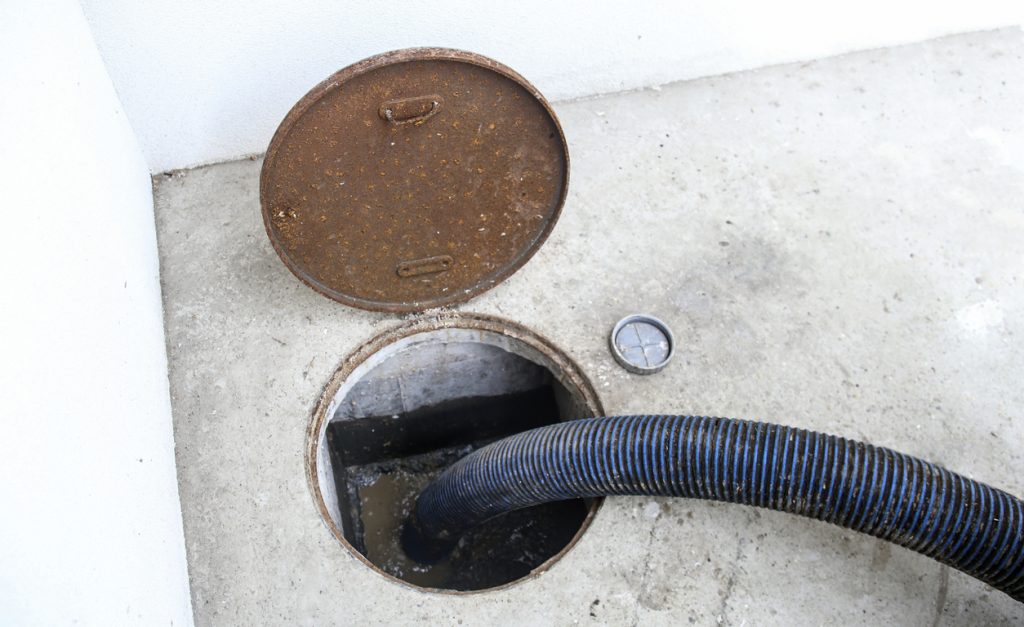UK Septic Tank Regulations 2023
If you have or need to install a septic tank at your property, or if you’re buying or selling a house with a septic tank, it is important that you are fully aware of all the legislation you’ll need to comply with.
After all, septic tanks are designed to treat sewage, with a real potential for serious environmental pollution if handled and disposed of carelessly. It is therefore essential that you follow all the guidelines if you not only want to avoid being responsible for polluting your local area, but also be potentially subject to huge fines.
This article will outline the most recent changes to the law, while also detailing where you can find the complete set of regulations (known as the general binding rules) and a few other key bits of information.

Recent septic tank regulation changes
A good place to start would be to review recent changes in legislation, so that those already using a septic tank can make sure they are fully up to date.
As of January 2020, it became no longer permissible for a septic tank to discharge into a watercourse.
If your septic tank does discharge into a waterway, you need to upgrade now to one of the following alternatives:
- Connect to a mains sewer
- Convert the system so that it discharges into the ground via a drainage field – not a soakaway – that conforms to BS6297 2007
- Convert or change your tank into a small sewage treatment plant that conforms to BS EN 12566-3 – these can discharge into a watercourse
Failure to comply with the above regulations can lead to fines of up to £100,000, so if you’re not sure if you’re fully compliant, it’s best to check now.
General binding rules
The regulations surrounding septic tanks and sewage treatment plants are known as the general binding rules and are contained within the Environmental Permitting (England and Wales) (Amendment) (England) Regulations 2014.
You can find the general binding rules for small sewage discharges in England on DEFRA’s website, together with guidelines on how to follow them.
Installing a new septic tank
If you’re having a new septic tank installed at a property, you need to not only make sure that it discharges in line with the new guidelines described above, you will also need to:
- Get planning permission – all new septic tanks need planning permission from the local council
- Get appropriate building regulations approval
- Install the tank at least seven metres from a habitable property and within 30 metres of an access point so that it can be emptied
- Assess the likely discharge – you can discharge up to 2000 litres into a drainage field, or 5000 litres into a watercourse if you have a small sewage treatment plant
- Make sure that the location is not in ancient woodland, or within 50 metres of special areas of conservation, special protection areas, Ramsar wetland sites or biological sites of special scientific interest (SSSI)
Please note that you do not need a permit if your tank or plant meets the general binding rules.
Who is responsible for a septic tank?
You are responsible for a septic tank if:
- You own the property it serves
- You share its use with other properties – in this case, the responsibility is also shared
- You have an agreement with the owner of the property that you bear responsibility, for example if you are renting it
Buying and selling properties with a septic tank
If you are selling a property with a septic tank or sewage treatment plant, you must inform your buyer of a number of things related to your tank, including:
- A description of the plant or tank and its drainage system
- Location of the plant or tank, the drainage system and the discharge point
- Maintenance requirements, including a manual if available
- Previous maintenance records
Regular emptying and maintenance
Rule 11 of the general binding rules states that you must have your system regularly maintained by a competent person, and your system must be repaired or replaced if it is not in good working order.
Rule 12 of the general binding rules states that you must have the sludge in your tank emptied regularly and before it reaches maximum capacity. This should be at least once a year or in line with the manufacturer’s instructions. This must be done by a registered waste carrier such as AA Turner Tankers.
For all your liquid waste needs in and around Colchester, Ipswich and Chelmsford, including scheduled or one-off septic tank and cesspit emptying, AA Turner Tankers are your local registered carriers with a fleet of fully-equipped tankers and an emergency 24/7 service.
Get in touch with us now to find out more.
